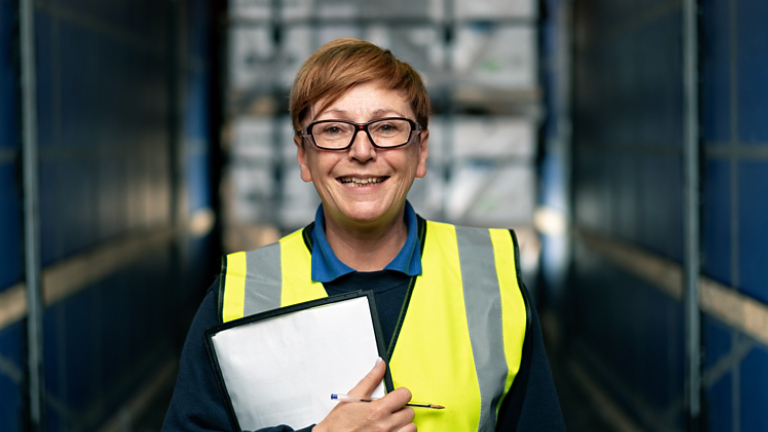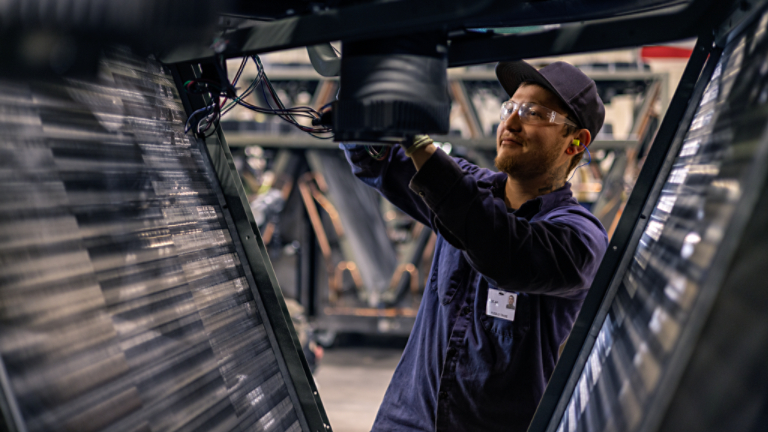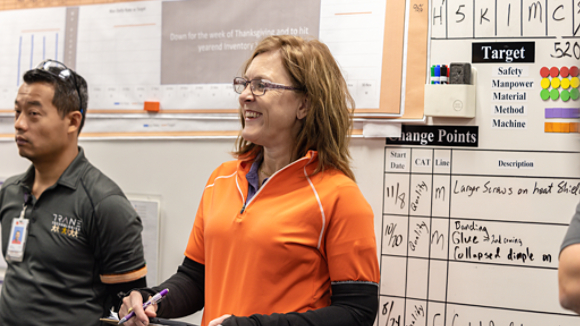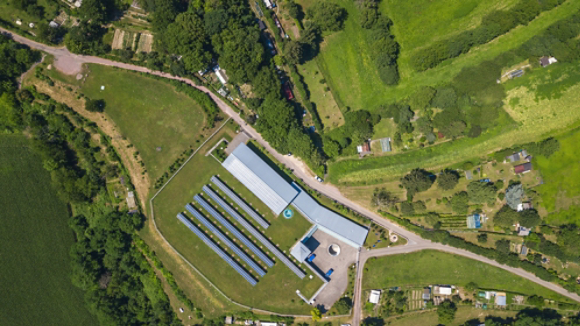December 18, 2025
Top Five Stories of 2025Read about the standout moments of 2025. Discover how we're leading by example with sustainable growth practices, continuing to innovate by embracing circularity and artificial intelligence as well as how our people and solutions are making a difference.

 English
English







